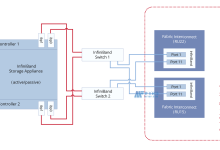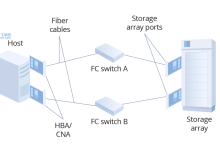linux %idle is a key metric with respect to optimizing system performance. %idle simply is the amount of computing power users are not using. A lower %idle indicates an increase in system utilization while a higher %idle indicates a decrease in system utilization As such, Linux %idle contributes to measure of how well the system is doing.
In Linux, %idle can be identified by using the top command. The top command allows users to view detailed information about the running processes in the system, including the %idle value. By examining the %idle value in top, users can quickly identify whether the system is being utilized efficiently or not.
In addition to inspecting the %idle of the system, users should also pay attention to process utilization. Process utilization is the amount of CPU/Memory used by a particular process. It is important to ensure that all processes are running optimally, as this can greatly affect system performance. For example, if a process is using up too much of the resources, it can lead to performance issues such as slow response times and long wait times.
To improve the usability of processes, users can also use the Linux “ionice” command. This command allows users to set priority levels for processes, allowing CPU resources to be allocated accordingly based on the priority. By optimizing process priority, users can ensure that processes are running as efficiently as possible.
Furthermore, users should monitor the throughput and latency of their system. Throughput is the rate at which data is transferred from disk to RAM, while latency is the amount of time passed from when a request is made until when the response is received. By monitoring the throughput and latency of their system, users can identify where performance bottlenecks might be, allowing them to take action accordingly.
In conclusion, Linux %idle is an important metric for optimizing system performance. By utilizing the “top” command and “ionice” command, users can measure and optimize the process utilization, throughput, and latency of their system. By doing so, users will ensure that their system is running at optimal speed and efficiency.

 国外主机测评 - 国外VPS,国外服务器,国外云服务器,测评及优惠码
国外主机测评 - 国外VPS,国外服务器,国外云服务器,测评及优惠码












